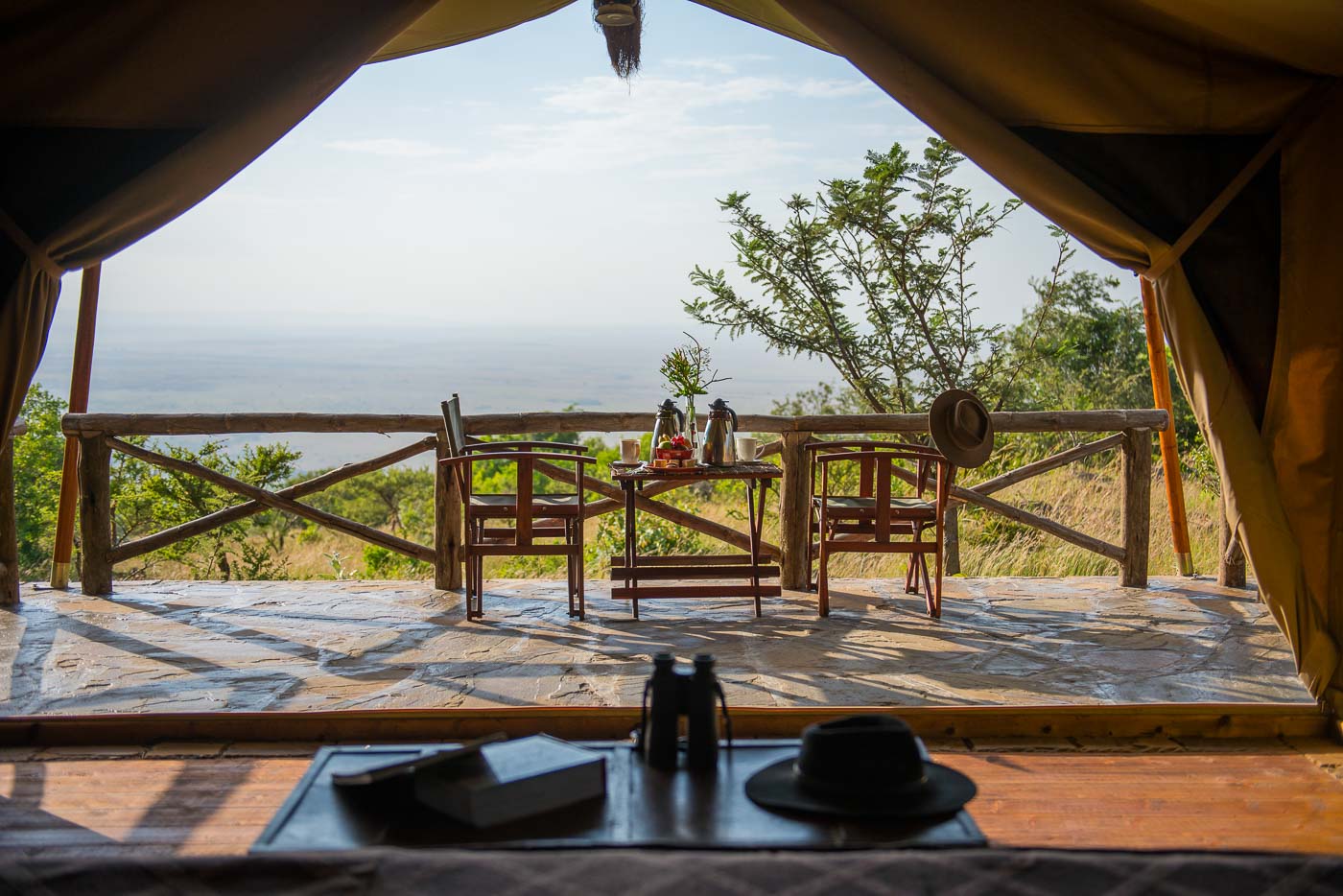This morning my batman (that’s what they call butlers here) from Aman-i-Khas met me and my husband at our hotel in New Delhi to escort on the train. This was great because it took all the stress out of the Indian train station experience. Bijay, my batman, arranged for all the porters and dealt with all the transfer logistics. We didn’t even have to worry about tipping anyone. It was amazing seeing the porters balance our suitcases on their heads.
The Aman experience began right away, with Bijay getting us (and all our luggage) situated in the First Class compartment. He brought along a lovely batik cloth to cover the seat, and some throw pillows to make the journey more pleasant. He had tea, coffee, water and snacks at the ready for the 5 hour journey..
We arrived at the Sawai Madopur station, we were met by our driver who greeted us with fresh cool towels and water. Bijay supervised the porters packing up the car. I noticed a cow wandering around the station. Only in India!
The drive to Aman-i-Khas was quick and interesting, driving through the local village. We were greeted by the staff upon arrival. The property is beautiful (more on that later). We were hungry from the journey so we just dropped our bags and freshened up before getting some lunch.
The weather was lovely, and I thoroughly enjoyed sipping my Kingfisher beer while dining al fresco. Lunch included lentil soup, mixed green salad with lettuce from the property’s own garden. Bijay even promised me a tour of the Aman-i-Khas garden during my stay. Entree options include a western option (salmon) as well as an Indian choice. I went for the Lamb masala, lentils, and cauliflower. Yum!
After lunch, we went back to our chic high-ceiling tent for an hour before heading out on a sunset camel ride. The camels were decked out as glamorously as the tents! I’m usually pretty stylish, but the camels here made me feel seriously underdressed. We rode for about 30 minutes and saw many birds, cows, goats and monkeys known as langurs.
More to come later…
GLAMPING.COM, the industry authority on all things glamping for the discerning experiential traveler, is a highly curated collection of glamping properties around the globe. GLAMPING.COM believes in extraordinary travel – destinations that offer unique, once-in-a-lifetime experiences. With over 800 glamping sites on six continents, the company’s mission is to empower people to try this form of experiential travel with hand-selected, personally vetted properties. Find inspiration on www.glamping.com and Facebook, Instagram and Twitter @glampingdotcom.









